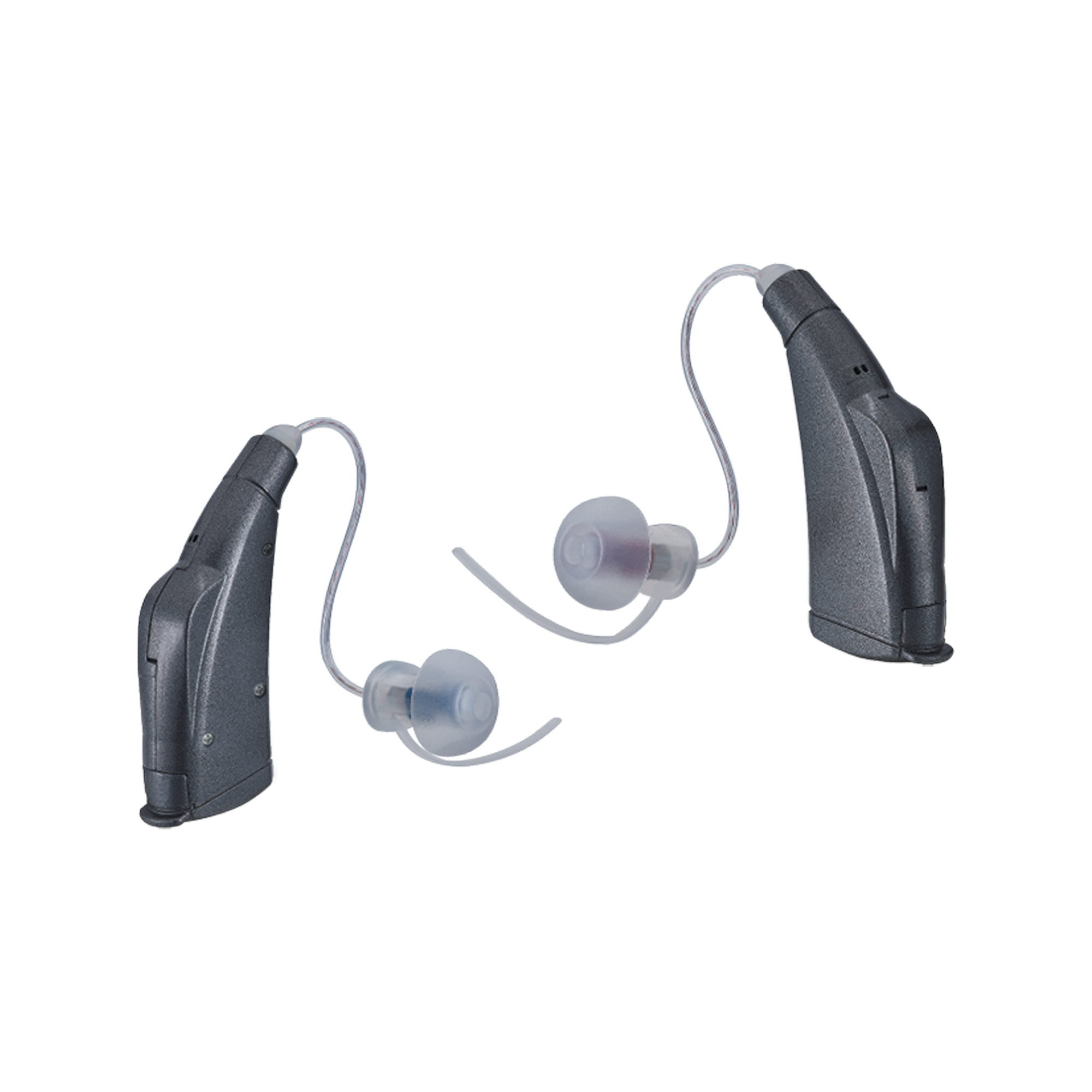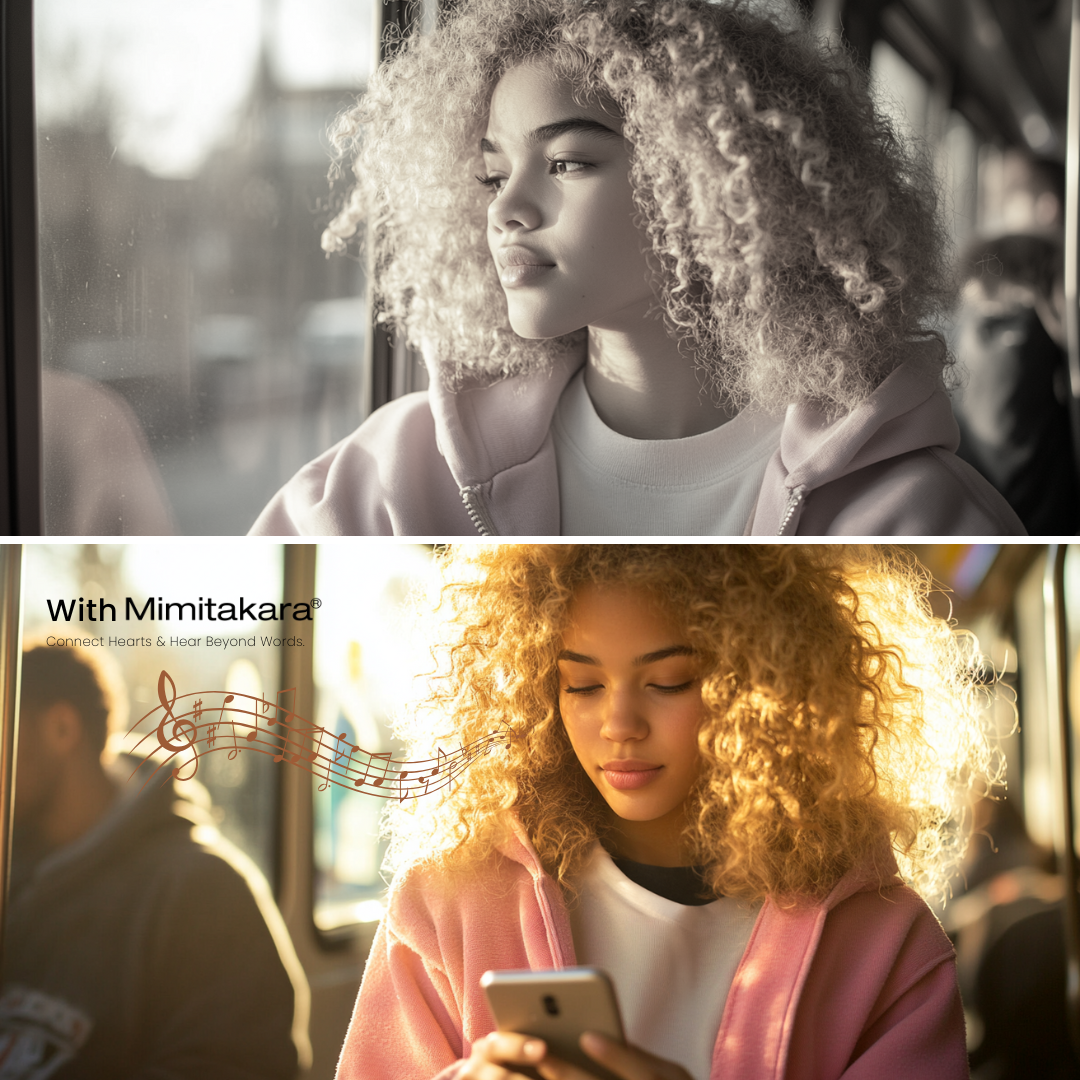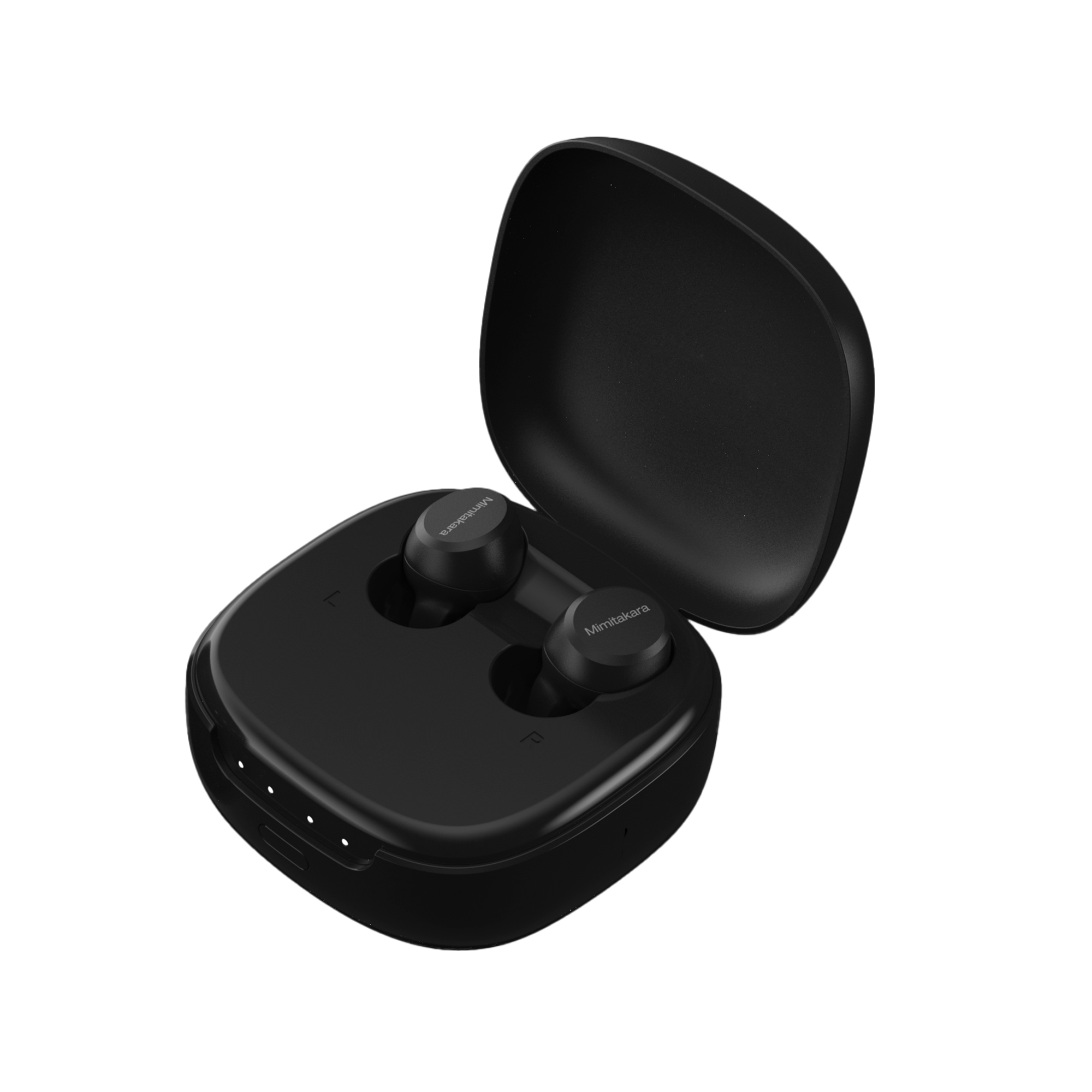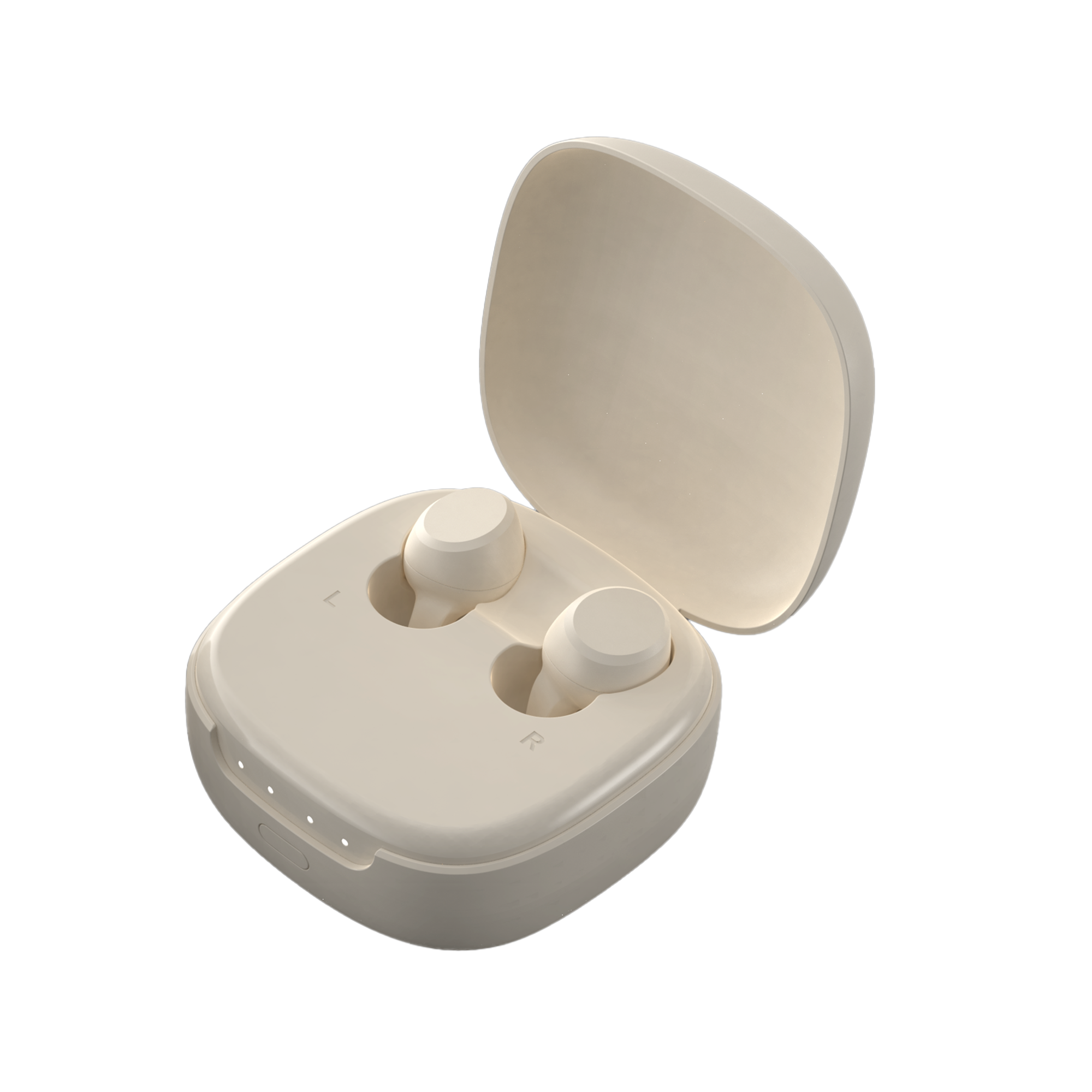Introduction
Hearing is a precious sense that connects us to the world around us, but when the ability to perceive certain frequencies diminishes, it can significantly impact our daily lives. In this article, we explore the most prevalent cause of a loss in hearing range, shedding light on a common culprit that affects individuals across diverse age groups.
The Most Common Reason: Noise-Induced Hearing Loss (NIHL)
Noise-induced hearing loss (NIHL) emerges as the leading cause of diminished hearing range for a large segment of the population. Prolonged exposure to loud noises, whether in occupational or recreational settings, can inflict irreversible damage to the delicate structures of the inner ear.
Understanding Noise-Induced Hearing Loss
Occupational Exposure: Individuals working in industries with high noise levels, such as construction, manufacturing, or aviation, are at an elevated risk of NIHL. Continuous exposure to loud machinery and equipment without adequate hearing protection can lead to gradual hearing loss over time.
Recreational Activities: Beyond the workplace, recreational activities can also contribute to NIHL. Long-term exposure to loud music at concerts, through headphones, or engagement in noisy hobbies like shooting or motorcycling can all contribute to cumulative damage to the auditory system.
Everyday Noise: Additionally, everyday activities such as using power tools, mowing the lawn, or attending loud events like sporting competitions can expose individuals to harmful noise levels, contributing to a gradual decline in hearing range.
Preventing Noise-Induced Hearing Loss
Protective Measures: The good news is that NIHL is largely preventable. Employing protective measures such as earplugs or earmuffs in noisy environments, maintaining a safe distance from loud sources, and taking breaks during prolonged exposure can significantly reduce the risk of hearing damage.
Volume Control: In recreational settings, being mindful of volume levels, especially when using headphones or attending concerts, is crucial. Adhering to the 60/60 rule—listening at 60% volume for no more than 60 minutes at a time—can help preserve hearing health.
Regular Hearing Check-Ups: Routine hearing check-ups with an audiologist are essential for early detection of any signs of hearing loss. Early intervention allows for proactive measures to mitigate further damage and preserve the remaining hearing range.
Conclusion
In the symphony of everyday life, noise-induced hearing loss stands out as a prevalent yet preventable cause of diminished hearing range. By understanding the impact of noise on our auditory health and adopting proactive measures to protect our ears, we can ensure the longevity of our hearing abilities and continue to savor the rich tapestry of sounds that enrich our lives. Suffering from hearing loss and ready to get your life back? Come check out Mimitakara’s hearing solutions now!










